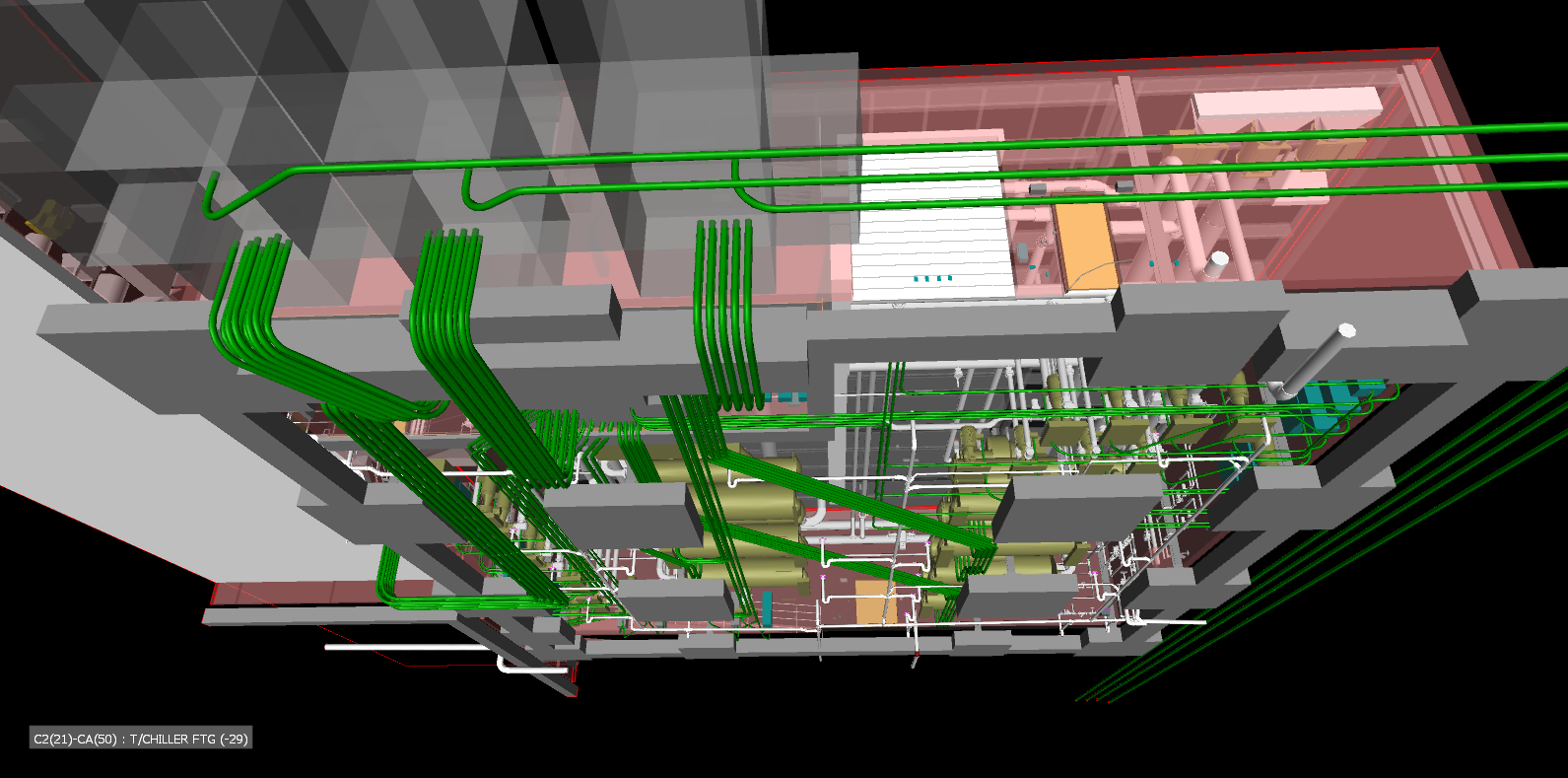What Is The Impact Of Electrical Engineering On Data Centers And Cloud Computing?
Cloud computing has been making waves in the tech world for years now, and for good reason. This innovative way of storing and processing data offers companies unparalleled flexibility and scalability in their operations. And as more and more businesses migrate to this model, the impact on data centers is becoming increasingly apparent.
For those unfamiliar with the concept, cloud computing allows users to access data and services over the internet rather than relying on physical data centers and on-site servers. This means that businesses can quickly and easily scale up or down as their needs change, without the expense and hassle of purchasing and maintaining their own hardware.
As more companies migrate their operations to the cloud, the demand for data centers to support these operations has skyrocketed. In fact, the Cloud Security Alliance reports that the global cloud computing market is expected to reach $623.3 billion by 2023, up from $272 billion in 2018.
While this growth is certainly exciting for the tech industry, it presents some unique challenges for data center operators. In order to keep up with demand, data centers must constantly innovate and improve their capabilities, from increasing bandwidth to adding new security features.
One area where the impact of cloud computing is especially apparent is in energy consumption. Data centers require a tremendous amount of power to keep servers running and cool, and as the number of cloud users grows, so too does this consumption. In fact, a recent report from the Lawrence Berkeley National Laboratory found that the energy usage of data centers in the US rose from 70 billion kilowatt hours in 2010 to 100 billion kilowatt hours in 2014, and is projected to reach 140 billion kilowatt hours by 2020.
To combat this rising energy usage, data centers are turning to innovative solutions like renewable energy and advanced cooling systems. For example, Google recently announced that it will be using 100% renewable energy to power its data centers by the end of 2017, and Facebook has been experimenting with a free-cooling system that uses outdoor air to keep servers at the optimal temperature.
Another challenge that data centers face as a result of cloud computing is security. With more data being stored in the cloud, the potential for cyber attacks and data breaches increases, putting businesses and their customers at risk. In order to combat this, data centers must implement rigorous security protocols and constantly monitor for potential threats.
One approach that some data centers are taking is called "segmentation," which involves dividing the data center into smaller, isolated units that can be more easily secured. This approach minimizes the risk of a breach affecting the entire data center, and allows for more targeted monitoring and response to potential threats.
Of course, these challenges are not insurmountable, and the benefits of cloud computing far outweigh the costs. For businesses, the ability to quickly and easily scale up or down as needs change is invaluable, and the potential for cost savings is enormous. And for data center operators, the growth of cloud computing presents an exciting opportunity to innovate and improve their offerings.
As the cloud computing market continues to grow, it will be interesting to see how data centers adapt and evolve to meet the demands of this new reality. But one thing is clear: cloud computing is here to stay, and it will undoubtedly continue to shape the way companies do business for years to come.




Post a Comment for "What Is The Impact Of Electrical Engineering On Data Centers And Cloud Computing?"